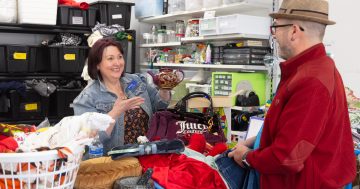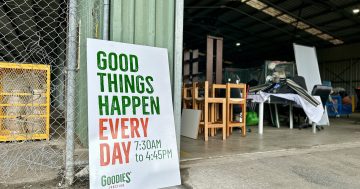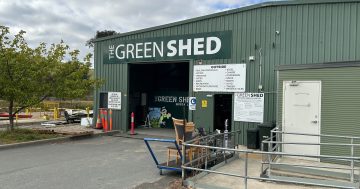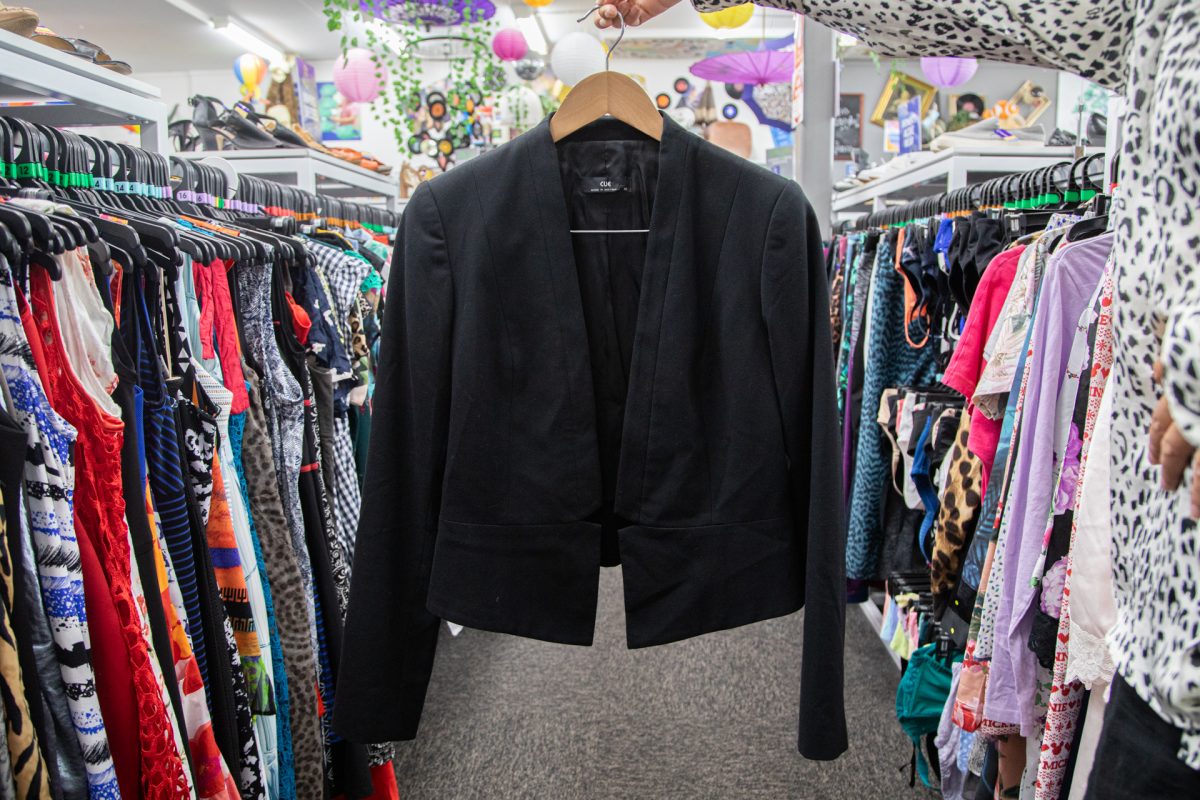
Can you go 31 days without buying any new clothes? Photo: Michelle Kroll.
A group of locals “passionate about tackling waste” has a challenge for Canberrans.
See-Change, the grassroots sustainability organisation (also known for the Canberra Electric Bike Library and Community Toolbox), invites Canberrans to commit to buying no clothes during October for its appropriately named “Canberra Buy No Clothes Challenge”.
Sherryl Greathead, from the See-Change ‘Wasteless’ group, described it as a “great opportunity for everyone to rethink what clothes we really need”.
“We see too much clothing ending up in landfill, which could be avoided,” she said.
“Learning to manage clothing in a more sustainable way means not only less cost for the individual and our community in reduced waste processing costs, it also provides long-term benefits for the world in reduced pollution. Everyone wins.”
By registering to join, you’ll receive weekly emails over October “with ideas on how to reduce clothing waste and to buy no clothes”.
Ms Greathead does, however, make exceptions for second-hand, swapped, rented and upcycled clothes or “quality clothes that won’t end up in landfill” if you find you “do need to add to your wardrobe”.
You might think this would be relatively easy, but the figures tell a different story.
According to a study released by the Australia Institute in May this year, Australians buy more new clothes per person than any other nation on the planet.
Australians buy an average of 56 new clothing items a year, more than the US (53), UK (33 items) and China (30), even if the average value per item of $13 is far lower than the UK ($40), USA ($24), Japan ($30) or even Brazil ($16).
The Australia Institute took the opportunity to draw attention to what’s happening to the clothes these new items are replacing.
It estimated more than 200,000 tonnes of clothing end up in landfill each year, the equivalent weight of almost four Sydney Harbour Bridges.
“We’re addicted to stuff that is harming our health and the environment,” the AI Circular Economy & Waste Program director Nina Gbor said.
“We need to drastically reduce waste at the source by penalising brands mass-producing incredibly cheap and poor quality clothing that is often worn just a handful of times or never sells and goes straight to the tip.”
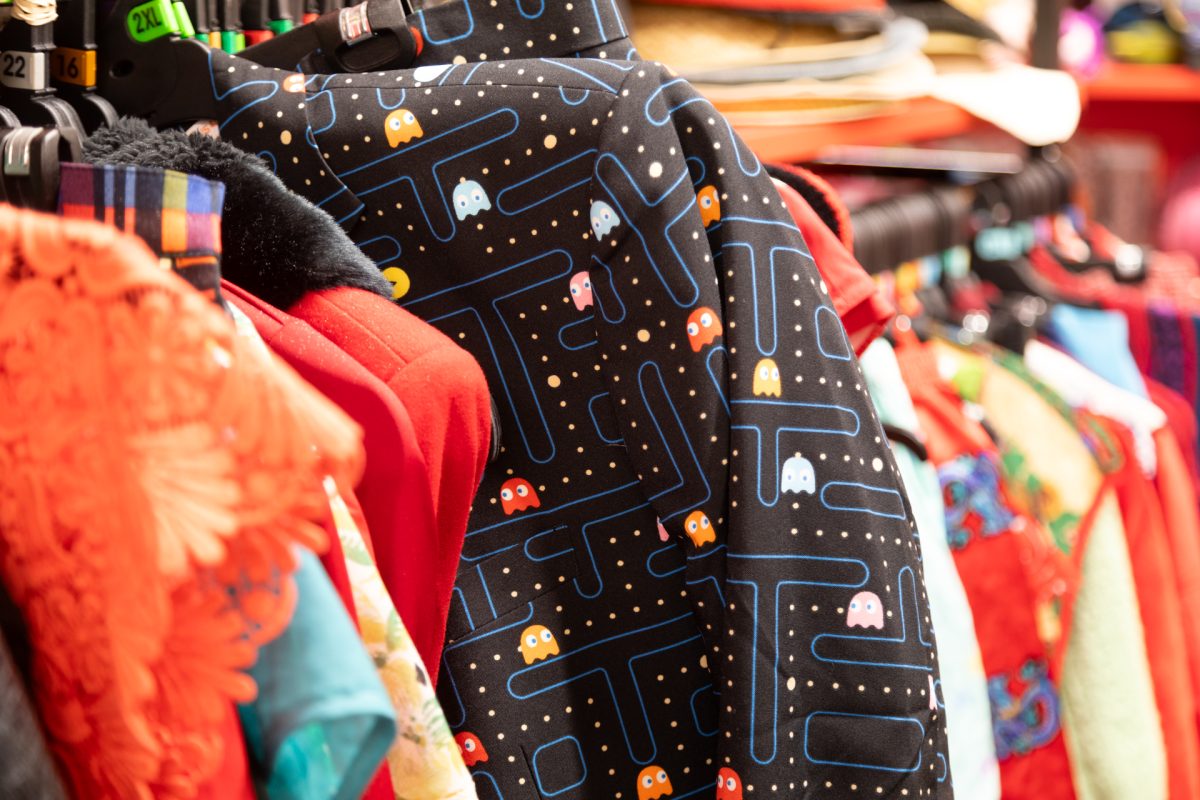
Op-shop clothing racks are bursting with options, like this one at Vinnies Braddon. Photo: Michelle Kroll.
The Federal Government has proposed a levy of four cents per garment under its ‘Seamless’ scheme to help cut clothing waste and fund domestic recycling initiatives, but the AI wanted this taken further. Much further.
“This is a good start, but the levy is too low to change brand behaviour,” Ms Gbor said.
“It should be increased drastically to at least 50 cents per item. This, coupled with measures like a fast fashion tax, is needed to put the industry on notice.”
But the St Vincent de Paul Society, which opened its first op shop in the ACT in Narrabundah in 1964, says – far from being shunned – second-hand clothes are more popular than ever.
“When I first joined Vinnies 10 years ago, there were people who didn’t even want to be seen here bringing donations into an op-shop because they were embarrassed,” Canberra/Goulburn director of commercial operations Lindsay Rae says.
“In the past decade and especially post-COVID, and during this cost-of-living crisis, purchasing second-hand has taken on new meaning as people are struggling to pay their bills and mortgages.”
He says interest in sustainability has also grown, and “not just among the young people”.
“Now you see thousands of people pouring into op-shops on the weekends.”
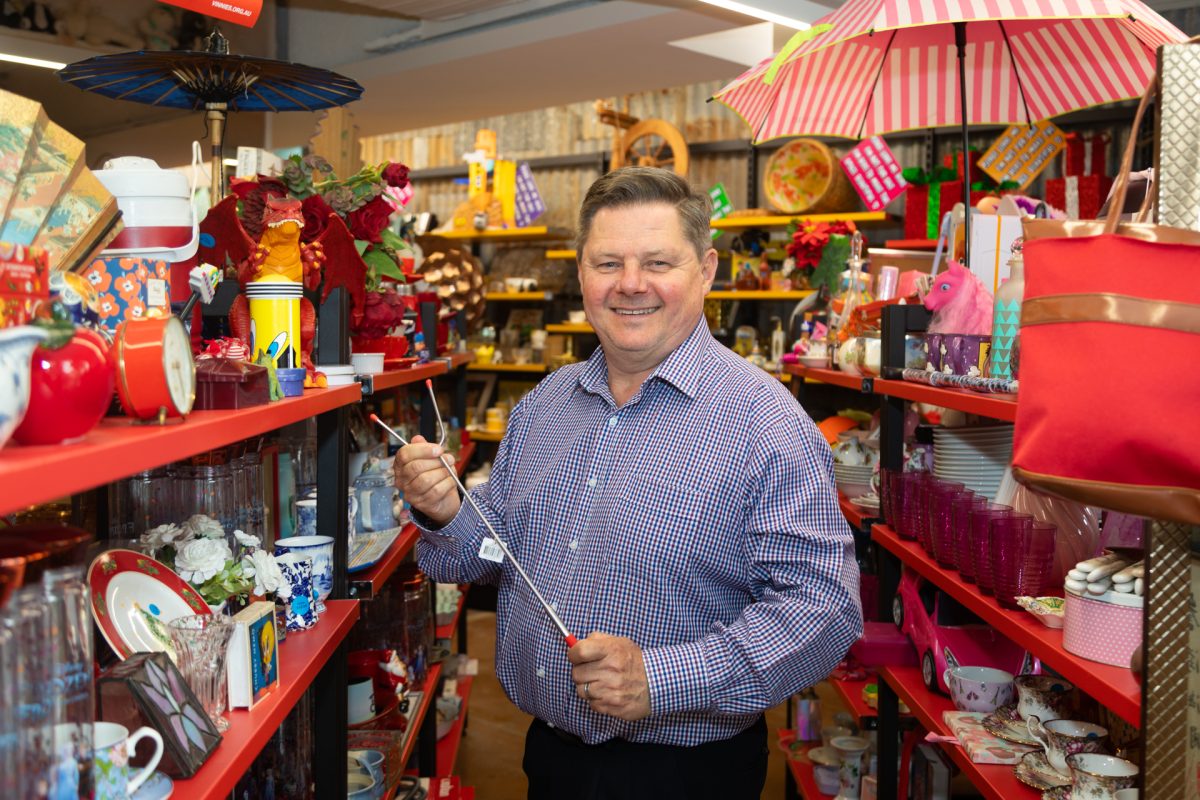
Lindsay Rae, Director of Commercial Operations at Vinnies Canberra/Goulburn, joined the organisation 10 years ago. Photo: Michelle Kroll.
Each year, Vinnies Canberra/Goulburn saves more than 3000 tonnes of donated items from entering landfill, with the sales from these items in turn used to fund programs for those in need across our community.
Mr Rae says some of the items present as brand-new.
“Our pre-loved clothes are very popular. We have everything from collectible vintage pieces to fun, bright kids wear. Some items still have tags on them.”
During October, all who register online for the Canberra Buy No Clothes Challenge will receive a weekly email with ideas on how to reduce waste by looking after clothes, repairing them, upcycling and, if really necessary, buying second-hand or new quality clothes.
There will also be several film nights, starting with Textile Mountain, an exposé on what happens to clothing that is sent overseas. This will be held in Dickson on Monday, 14 October, from 6 pm to 7:30 pm. Register for further details.












